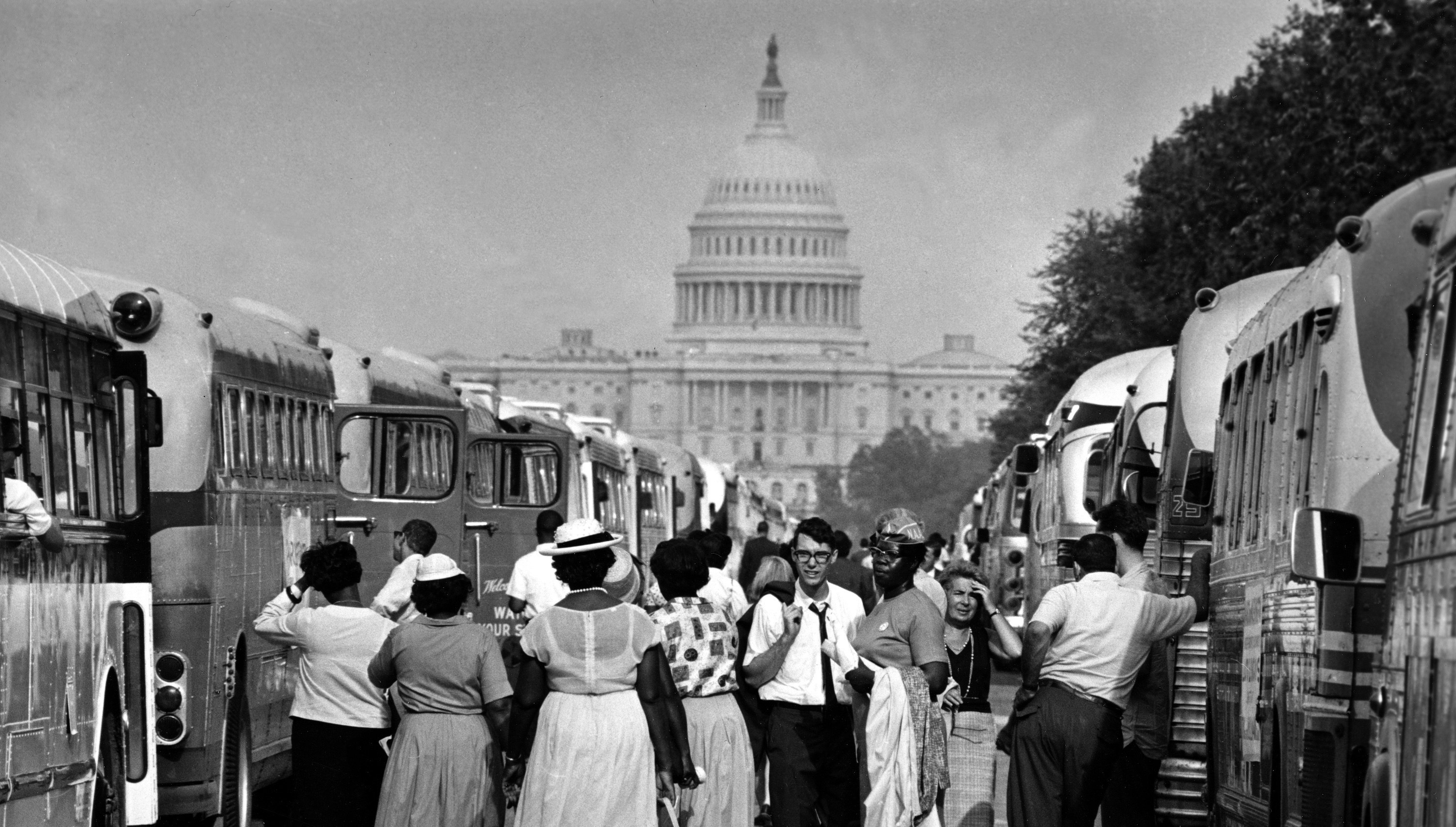
Autore: sconosciuto
Luogo: sconosciuto
Titolo: Rosa Parks baciata dalla moglie di MLK Coretta Scott King
Anno: 14 Gennaio 1980
Descrizione: Rosa Parks, a destra, viene baciata da Coretta Scott King. Quando Parks venne arrestata a Montgomery nel 1955, non si era seduta nella parte bianca del bus, ma in quella intermedia di separazione delle razze, che veniva occupata solo quando il bus era molto affollato. L’autista le ordinò comunque di alzarsi per cedere il posto ad un uomo bianco, Rosa rifiutò, venne imprigionata e liberata la sera stessa grazie alla cauzione pagata da un avvocato bianco antirazzista. Intorno alla vicenda di Rosa si creò una mobilitazione della comunità nera: 40mila persone fra chiese, associazioni, donne di ogni estrazione sociale. Il 5 dicembre, giorno del processo, in un’affollata assemblea tenuta in chiesa, alla Parks non venne data la parola ma fu Martin Luther King a sottolineare la sua reputazione di buona cittadina.
Per approfondire: https://www.lastampa.it/2015/12/01/esteri/il-mondo-di-rosa-parks-prima-e-dopo-il-giorno-del-bus-aKUs02HYk7mnaUIoUuSiXK/pagina.html – http://www.raiscuola.rai.it/programma-unita/rosa-parks-e-la-lotta-contro-la-segregazione-razziale/273/40351/default.aspx
Description: Rosa Parks, on the right, is kissed by Coretta Scott King. When Parks was arrested in Montgomery in 1955, she did not sit in the white part of the bus, but in the intermediate part of race separation, which was occupied only when the bus was very busy. The chauffeur, however, ordered her to stand up to give her place to a white man, Rosa refused, was imprisoned and freed the same evening thanks to the bail paid by a white anti-racist lawyer. Around Rosa, a mobilization of the black community was created: 40,000 people among churches, associations, women of every social background. On December 5, the day of the trial, in a crowded church assembly, Parks was not given the floor but it was Martin Luther King who emphasized his reputation as a good citizen.
To know more: https://www.lastampa.it/2015/12/01/esteri/il-mondo-di-rosa-parks-prima-e-dopo-il-giorno-del-bus-aKUs02HYk7mnaUIoUuSiXK/pagina.html –http://www.raiscuola.rai.it/programma-unita/rosa-parks-e-la-lotta-contro-la-segregazione-razziale/273/40351/default.aspx









